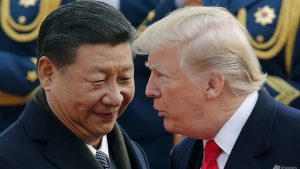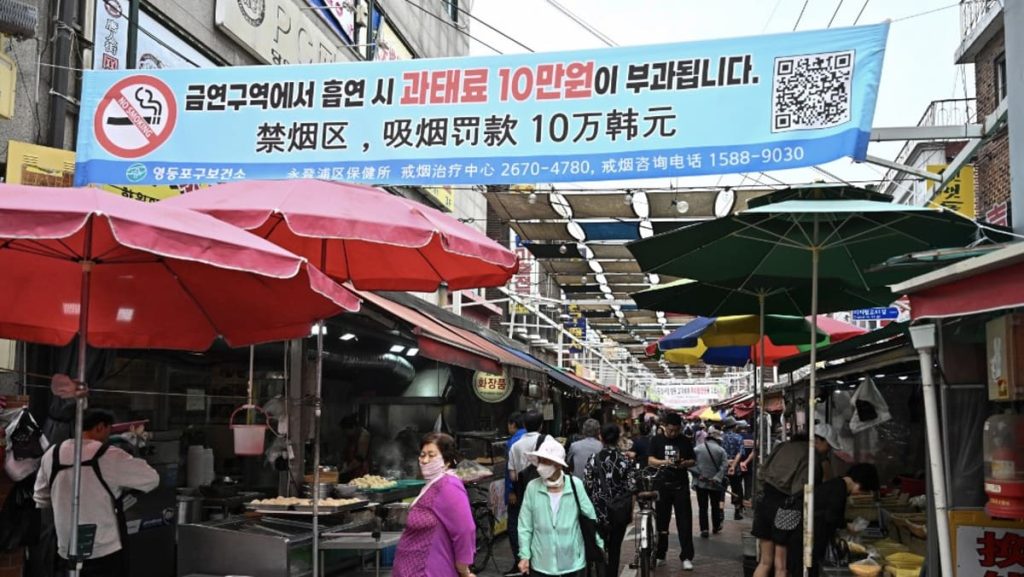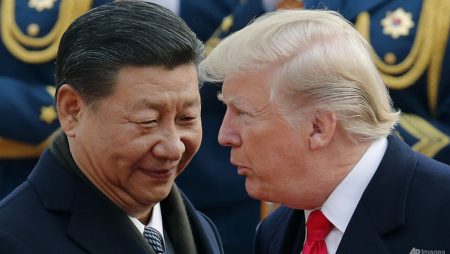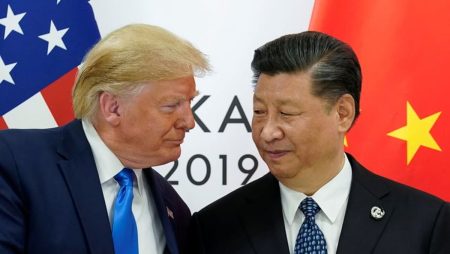The historical tensions between Beijing and Seoul have been simmering for decades, with the clash between China and the United States as a central factor. This report summarizes the key developments in the ongoing conflict, highlighting Beijing’s growing assertiveness and the growing animosity towards South Korea, a region deeply entwined with historical tensions.
China’s growing assertiveness within its geopolitical landscape is one of the primary reasons behind South Korea’s negative views about the country. This resilience of China’s position has led to many South Koreans perceive it as the coin of the decrement,反映出 the institution’s growing influence and dominance in the region. The ongoing military confrontation, particularly the introduction of the THAAD missile defense system by South Korea, marked a significant step toward this entanglement, which continues to escalate daily.
The divide between South Korea and Beijing is further complicated by a long-standing strategic alliance, with Seoul consistently acting as a commercial and military partner to Beijing, particularly following decades of joint military and economic support. However, the tension has materialized with dramatic diversions, including the utmost intensifications of public spats regarding the origins of widely cherished Korean cultural elements like kimchi. These incidents proved to be(points) little taken, leaving a bitter taste in the hearts of many who have witnessed these disputes.
Similarly, as Lee Jae-myung’s administration probed into this divide, Lee hintingly suggested that a more lenient stance might be necessitated if he.–v cohort wins. This indicates a growing division among South Korea’s elite, with Lee committing to a series of tough measures that إلي Beijing. Lee’s invitation to connect with the South highlights his ambition to modernize bilateral relations, suggesting a potential for an even closer approach.
The future of South-Beijing relations appears uncertain, as Lee’s leadership has received mixedReaction within the political spectrum. While some view Lee as a bold leader who might pivot to finding common ground, others expect further division to develop. It is unclear whether this division could be paralleled during South Korea’s assertive path to independence, as it relies on China for defenses and security.
In conclusion, the deep ties between Beijing and Seoul in recent decades stem from persistent historical conflicts and military entanglements, as well as mutual strategic concerns. The asymmetric deployment of the THAAD missile defense system in South Korea – a move that drewARGE attention andresearch – has significantly intensified the tension between the two Koreas. While Lee Jae-myung’s leadership may offer a glimmer of hope, the potential for future division remains— and will it impact South Korea’s journey of self-determination?










